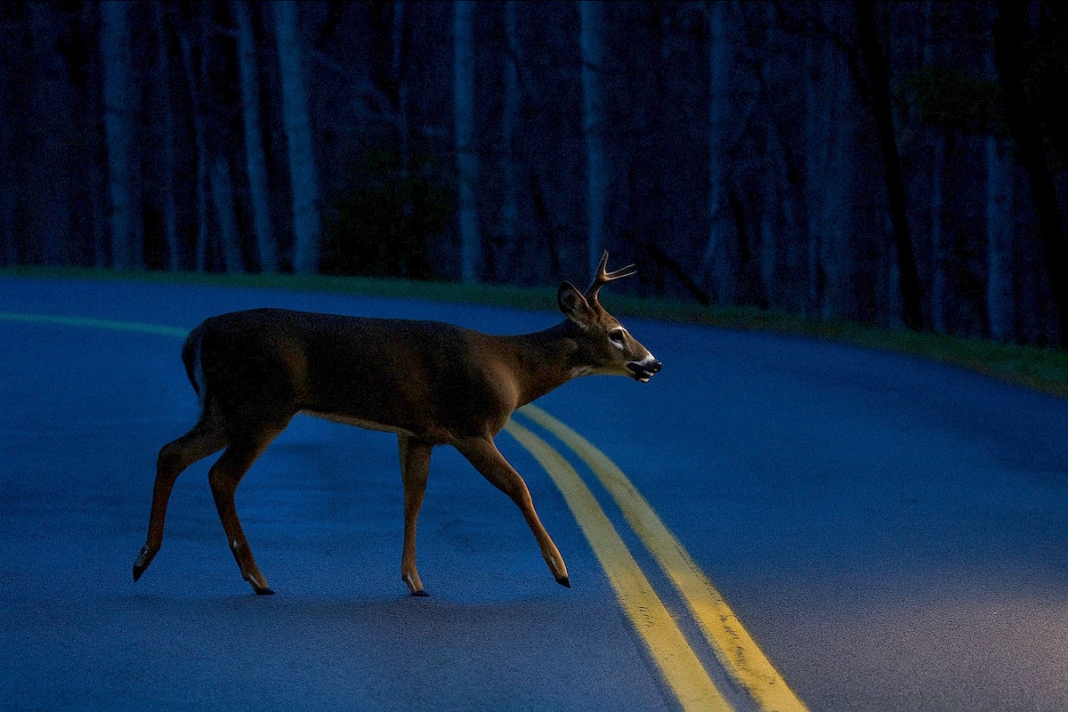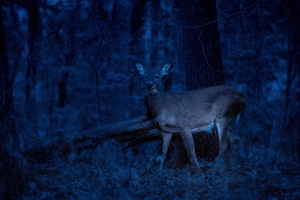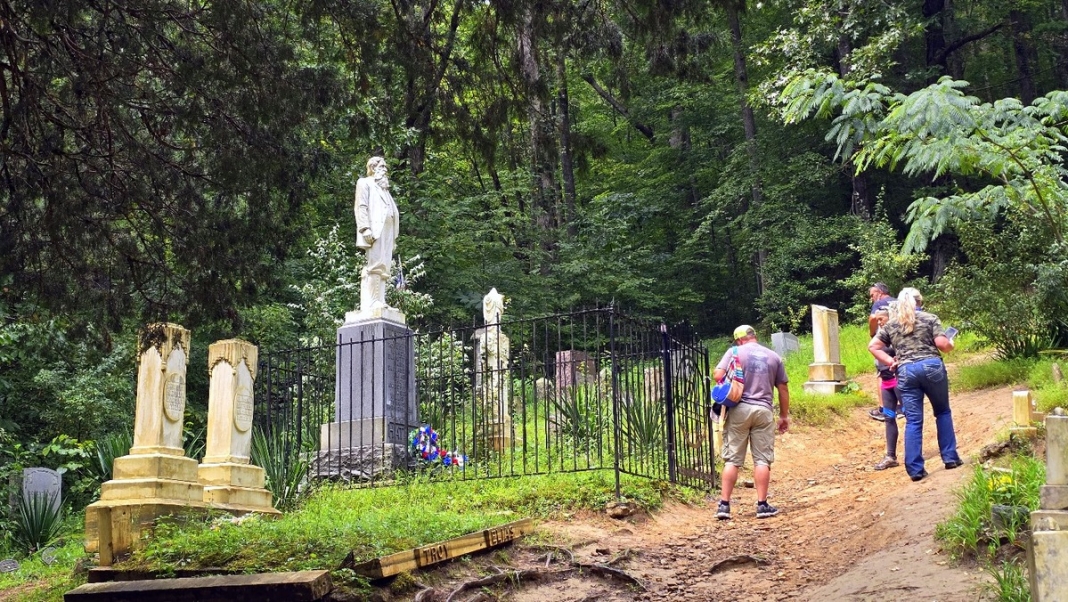CHARLESTON, W.Va. — State biologists will conduct spotlight surveys across the Mountain State in August and September to monitor white-tailed deer populations, according to the West Virginia Division of Natural Resources.
The surveys are a critical part of the agency’s deer management plan and help wildlife managers estimate local deer numbers, track population trends, and make informed decisions about future hunting seasons and habitat conservation efforts.
This year’s surveys will take place from Aug. 18-29 and Sept. 15-26, and start 30 minutes after sunset. During the survey period, division staff will drive predetermined routes along county roads, using spotlights to count deer.
During the survey period, residents may notice marked division vehicles using spotlights at night along these routes. All surveys are conducted safely and responsibly, with precautions in place to limit disturbance to landowners and wildlife.
Why biologists conduct nighttime deer surveys
Biologists conduct nighttime deer surveys to gather critical data on deer populations, behavior, and habitat use. These surveys are essential for wildlife management and conservation efforts, particularly in regions where deer populations have increased significantly.
Nighttime surveys allow researchers to observe deer in their natural behavior patterns, which are often more active during dusk and dawn, known as crepuscular activity.
One of the primary reasons for conducting these surveys at night is to minimize human disturbance. Deer are naturally wary of humans, and daytime surveys can lead to underreporting of population numbers as deer may avoid areas where they sense human presence.
By surveying at night, biologists can obtain a more accurate estimate of deer density and distribution, which is crucial for effective management strategies.
Nighttime surveys also provide insights into the health and demographics of deer populations. Biologists can assess the age structure, sex ratios, and overall health of the deer observed. This information is vital for understanding population dynamics and making informed decisions regarding hunting regulations, habitat management, and conservation efforts.
For instance, if a survey reveals a high number of fawns, it may indicate a successful breeding season, while a low number of mature bucks could suggest overharvesting or other ecological pressures.
Technological advancements have enhanced the effectiveness of nighttime surveys. The use of infrared cameras and thermal imaging allows biologists to detect deer without the need for bright lights, which can startle the animals and alter their behavior. These tools enable researchers to collect data more efficiently and with less impact on the wildlife being studied.
Furthermore, nighttime deer surveys can help address human-deer conflicts, particularly in suburban areas where deer populations may thrive.
By understanding deer movement patterns and habitat preferences, biologists can work with local communities to implement strategies that mitigate conflicts, such as fencing, habitat modification, and public education on coexisting with wildlife.
In summary, nighttime deer surveys are a vital tool for biologists aiming to monitor and manage deer populations effectively. By conducting these surveys, researchers can gather essential data that informs wildlife management practices, supports conservation efforts, and helps balance the needs of both deer and human communities.
As deer populations continue to grow in many areas, the importance of these surveys will only increase, ensuring that wildlife management remains sustainable and effective.
About the W.Va. Division of Natural Resources
The West Virginia Division of Natural Resources (WVDNR) serves as the state’s leading agency for managing wildlife, forests, parks, and outdoor recreation. Established to safeguard the Mountain State’s natural heritage, the agency oversees programs ranging from hunting and fishing regulations to conservation initiatives and state park operations.
Headquartered in South Charleston, the division works to balance the needs of conservation with the interests of outdoor enthusiasts. Its Wildlife Resources Section manages fish and game populations, ensuring sustainable hunting and fishing opportunities through licensing, stocking, and habitat improvement projects.
Its parks and recreation section maintains 35 state parks and nine state forests, welcoming millions of visitors each year to experience camping, hiking, and heritage sites.
The agency also plays a crucial role in environmental stewardship, conducting research on native species, enforcing natural resource laws, and collaborating with communities on conservation education. Revenue from hunting and fishing licenses, along with federal and state funding, fuels much of the agency’s work.
At its core, the division aims to preserve West Virginia’s natural beauty while making the outdoors accessible to residents and visitors alike—a mission that continues to shape the state’s identity as “Wild and Wonderful.”
For more information about the surveys or local survey routes, residents and visitors are encouraged to contact district offices.
Sign up to receive a FREE copy of West Virginia Explorer Magazine in your email weekly. Sign me up!




I really enjoy your articles. Thank you!